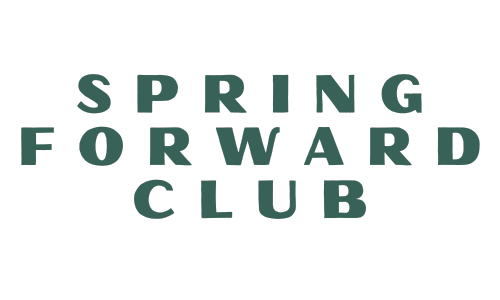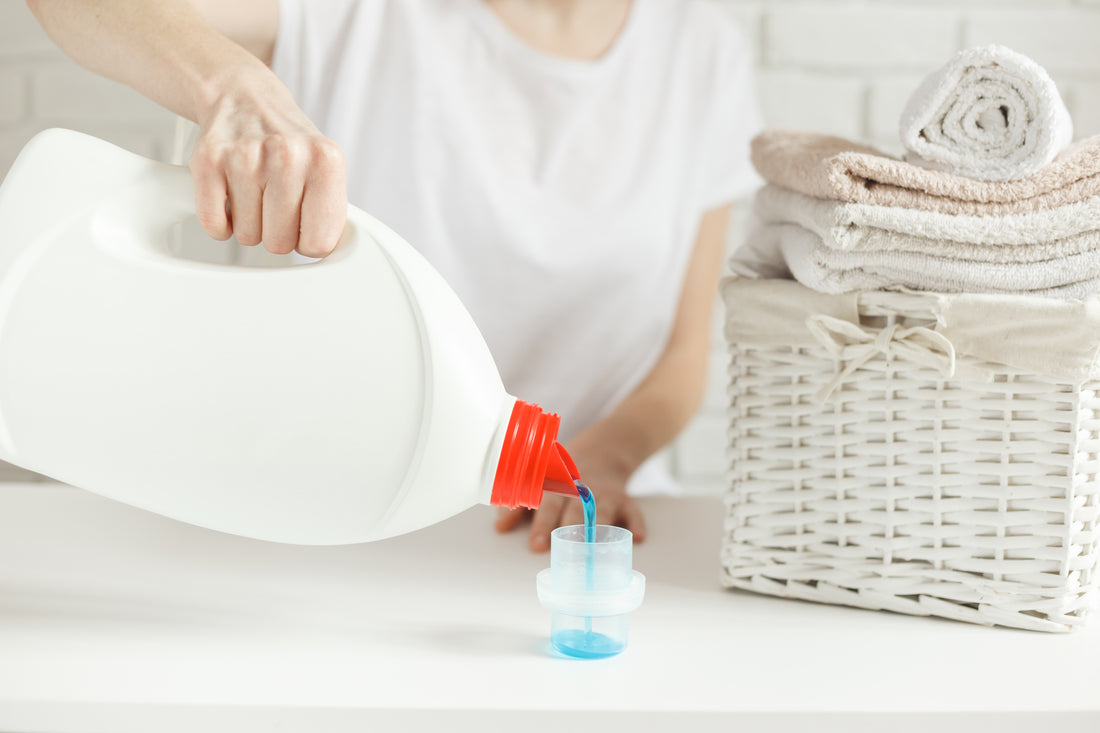A Deep Dive into Safer Laundry Detergent Choices
The Laundry Dilemma
When it comes to detoxifying our homes, one of the first areas to address is laundry detergent. However, this seemingly mundane household product can conceal a host of risks. Manufacturers are not obligated to disclose all the ingredients in their laundry detergents, making it difficult to ascertain potential harm.
Typical laundry detergents often contain a blend of scents, endocrine-disrupting agents, neurotoxins, and highly carcinogenic substances. Even seemingly "unscented" options employ chemicals that mask odors with yet more chemicals. What's worse is that these compounds can be released into the air during washing and drying, turning the laundry room into a potential hazard zone.
Understanding the Consequences
Researchers have linked the surge of degenerative illnesses in the United States to exposure to chemicals present in our homes and workplaces, with laundry detergent being a notable contributor. NYC has already banned several popular laundry brands due to toxic ingredients, like 1,4 Dioxane, which is a known carcinogen.
Greenwashing is rampant in the laundry detergent industry, with many brands making false claims of being "natural" while containing harmful synthetic ingredients.
Notable greenwashing culprits include Seventh Generation, Meyers, Method, and Ecos.
Chemicals in the Spotlight
Due to their adverse effects, regulatory bodies in different states and countries have banned or restricted certain detergents or their components. Examples include Nonylphenol Ethoxylates (NPEs), phosphates, optical brighteners, and specific fragrances. NPEs, for instance, break down into toxic compounds in the environment and have been linked to hormone disruption. These harmful ingredients are not limited to laundry detergents and can be found in various household items.
Brands to AVOID include Tide, Downy, All, Xtra, Oxi Clean, Gain, Purex, and the ones listed above (Seventh Generation, Meyers, Method, and Ecos).
Your Safer Options
Though the list of harmful chemicals can be overwhelming, there are better alternatives available that in my opinion work more effectively. To make the switch to safer laundry detergents, follow these essential steps:
- Know the Harmful Ingredients: Educate yourself about the harmful ingredients commonly found in laundry detergents. Awareness is the first step towards making a conscious choice. Some of those ingredients include:
- Sodium Lauryl Sulfate & Sodium Laureth Sulfate/ Sodium Lauryl Ether Sulfate (SLS/ SLES), Fragrance, Formaldehyde, Chlorine Bleach, Dioxane, Ammonium Sulfate, Parabens, Dyes, Benzyl Acetate, Propylene Glycol, Methylisothiazolinone (“MIT”) or Benzisothiazolinone (“BIT”), Nonylphenol Ethoxylates (NPEs).
- Discover Cleaner Brands: Steer clear of marketing traps set by greenwashed brands and opt for cleaner alternatives. Here are some of my favorite non-toxic laundry detergent brands:
- DIY: If you're feeling creative, consider making your own detergent with the help of readily available DIY resources.
Beyond Laundry Detergents
Remember, these harmful chemicals extend beyond laundry detergents. As part of your quest for a cleaner home, consider completely removing fabric softeners (unless from a clean brand) and replacing dryer sheets with reusable wool dryer balls for a healthier and eco-friendly laundry routine. Let's take a step towards a safer, toxin-free home.





1 comment
We switched this summer to Zum and absolutely love both scents!!! I buy at Target. Clothes are clean and smell great. Perfect for my Son too who suffers from chronic eczema.